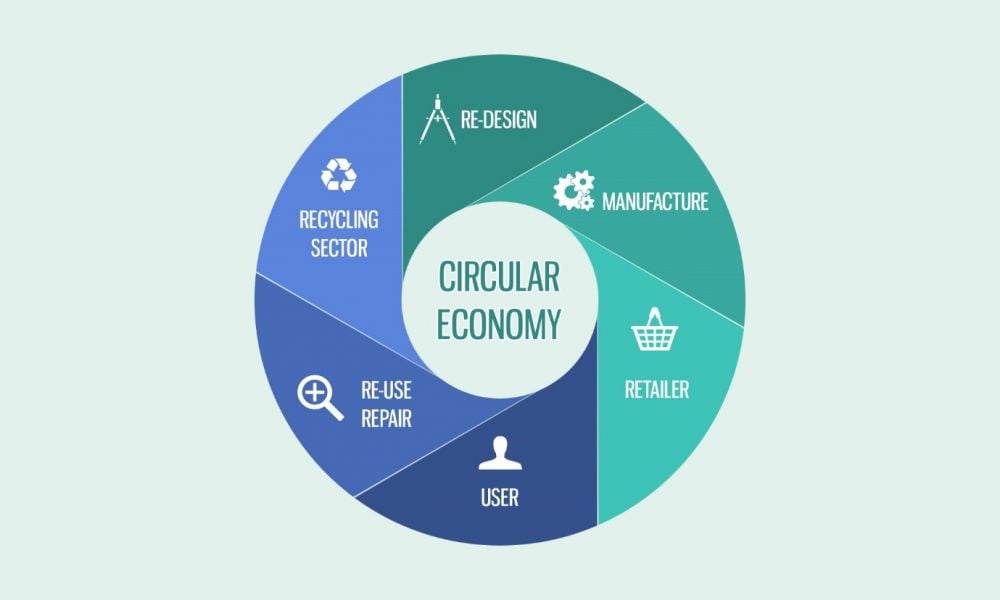At first glance, incorporating sustainable materials and practices in corporate real estate might seem like an expensive endeavor. The initial costs associated with eco-friendly technologies, sustainable building materials, and green certifications can indeed be higher than traditional alternatives. However, this initial investment pays off significantly over time. When viewed from a long-term perspective, sustainability proves to be a cost-effective strategy due to its numerous financial benefits, such as reduced maintenance costs, energy savings, and improved asset longevity.
In this blog, we will explore how sustainable practices in corporate real estate not only help the environment but also drive substantial cost savings, making them a smart financial choice for businesses.
Energy Efficiency

Lower Utility Bills
One of the most immediate ways sustainability drives cost savings in corporate real estate is through energy efficiency. Implementing energy-efficient lighting, HVAC systems, and appliances can significantly reduce electricity consumption. According to the U.S. Department of Energy, businesses can save up to 30% on their utility bills by adopting energy-efficient technologies.
Smart Building Technologies
The integration of smart building technologies, such as automated lighting systems and smart thermostats, allows companies to optimize energy usage based on occupancy and real-time data. These technologies not only cut energy costs but also enhance the comfort and productivity of the workplace.
Water Conservation
Reduced Water Bills
Sustainable water management practices, such as installing low-flow fixtures and implementing water recycling systems, can lead to substantial reductions in water usage and, consequently, water bills. For example, the installation of low-flow toilets and faucets can reduce water consumption by up to 50%.
Sustainable Landscaping
Incorporating xeriscaping or native plants that require minimal irrigation can drastically cut down on water usage for landscaping purposes. This not only saves water but also reduces the costs associated with maintaining large green spaces.
Waste Reduction

Lower Disposal Costs
By implementing comprehensive recycling programs and reducing overall waste production, companies can significantly decrease waste disposal costs. Proper waste management strategies can lead to a reduction in the volume of waste sent to landfills, which can be expensive to manage.
Circular Economy Practices
Adopting circular economy practices, such as reusing and recycling materials, can lead to cost savings by minimizing the need for new materials and reducing waste management expenses. For instance, reusing building materials during renovations can lower construction costs and contribute to sustainability goals.
Sustainability in Building Performance
Green Building Certifications
Obtaining green building certifications, such as LEED or BREEAM, can enhance the marketability and value of corporate real estate. These certifications demonstrate a commitment to sustainability and can attract tenants willing to pay a premium for environmentally friendly buildings.
Improved Asset Lifespan
Sustainable buildings often have longer lifespans due to the use of high-quality, durable materials and advanced construction techniques. This results in lower maintenance and replacement costs over time, providing long-term financial benefits.
Regulatory Compliance and Incentives
Avoidance of Penalties
Adhering to environmental regulations can help companies avoid fines and penalties associated with non-compliance. Governments worldwide are increasingly enforcing stringent environmental laws, and staying compliant can prevent costly legal issues.
Access to Incentives
Many governments offer financial incentives for adopting sustainable practices, such as tax breaks, grants, and subsidies. These incentives can offset the initial costs of implementing green technologies and provide ongoing financial benefits.
Enhanced Occupant Health and Productivity
Reduced Absenteeism
Sustainable buildings that prioritize indoor air quality, natural lighting, and ergonomic design contribute to the health and well-being of occupants. Healthier employees are less likely to take sick days, leading to increased productivity and reduced absenteeism costs.
Higher Employee Satisfaction
A sustainable and comfortable work environment can boost employee morale and job satisfaction, leading to higher retention rates. This reduces the costs associated with recruiting and training new employees.
Conclusion
Sustainability in corporate real estate is not just about being environmentally responsible; it is also a smart financial strategy. From reducing utility bills and waste disposal costs to enhancing building performance and accessing regulatory incentives, sustainable practices can drive significant cost savings. By embracing sustainability, companies can achieve a competitive edge, attract and retain top talent, and contribute to a healthier planet, all while improving their bottom line.
For businesses looking to thrive in the modern economy, investing in sustainability is an investment in the future.


